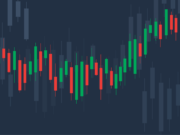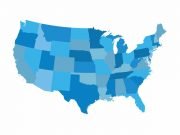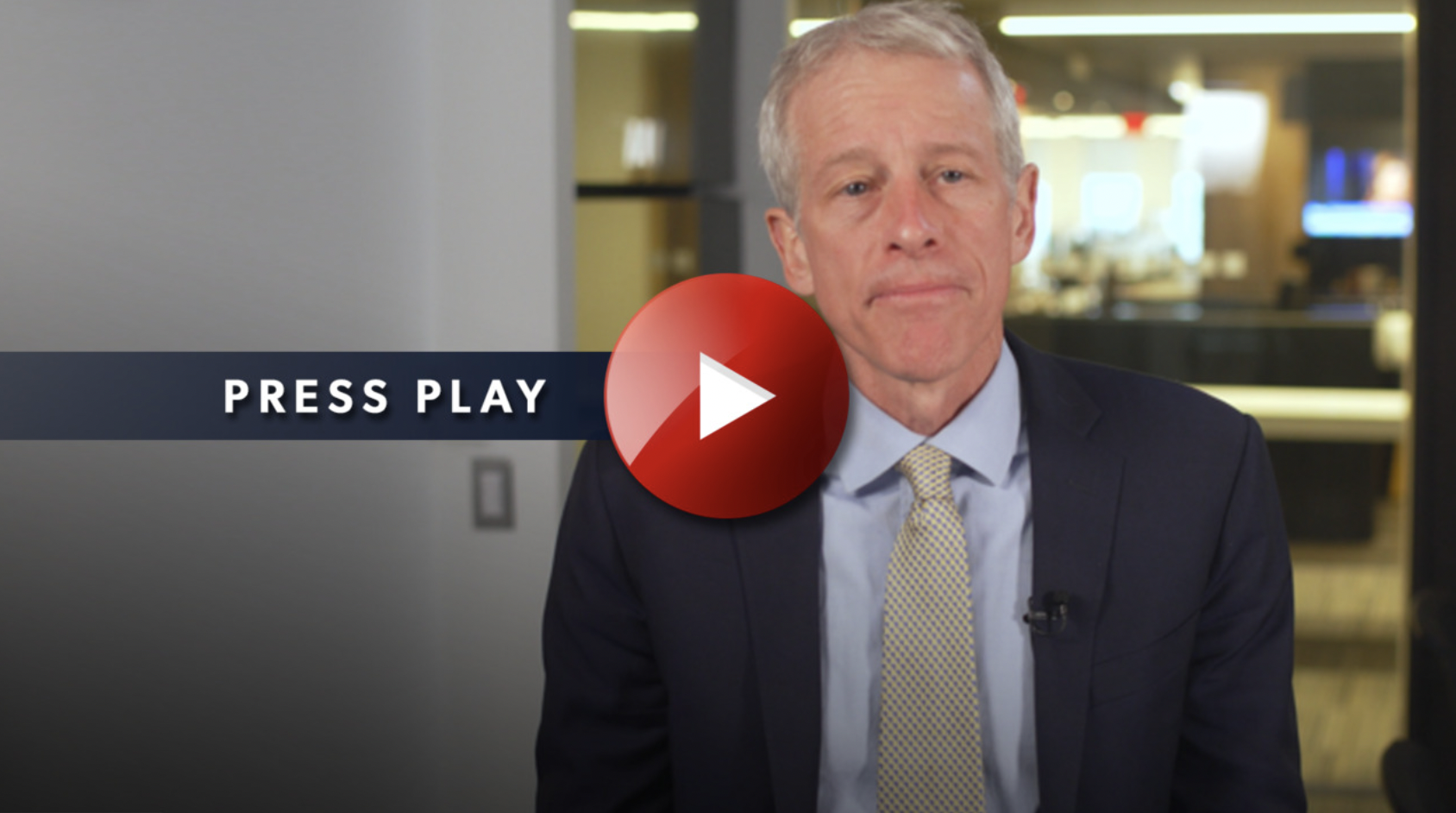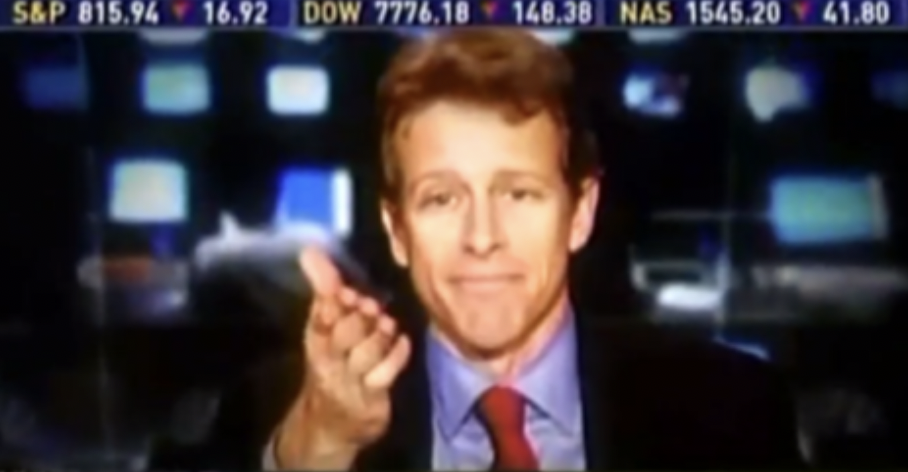Although doing so would impede the U.S. economy, Federal Reserve policymakers have reaffirmed their ongoing commitment to increase interest rates in what has become a massive fight against inflation.
According to the minutes of the Federal Open Market Committee (FOMC)’s June 14th – 15th meeting, released on Wednesday, policymakers supported raising interest rates by either 50 or 75 basis points at their next meeting in July. They believed it was essential to preserve the credibility of the central bank in order to manage inflation.
What more did the minutes reveal, and how does this relentless fight against inflation affect both us as individuals and the economy as a whole?
A notable portion of the minutes showed, “Many participants judged that a significant risk now facing the committee was that elevated inflation could become entrenched if the public began to question the resolve of the committee. They recognized the possibility that an even more restrictive stance could be appropriate if elevated inflation pressures were to persist.”
Price pressures and the reasons they could take some time to lessen were frequently mentioned in the record. The restoration of inflation to 2% was seen as essential to reaching maximum employment on a sustainable basis by officials, who “recognized that policy firming could slow the pace of economic growth for a time.” After the minutes were made public, two-year Treasury yields, which are sensitive to Fed policy, increased, and investors kept betting that the central bank would raise interest rates by 75 basis points later this month.
Financial markets have been rocked by the Fed’s vigorous efforts to cool the highest inflation in 40 years as investors worry that tighter monetary policy may send the U.S. economy into a recession. There were 90 references to “inflation” in the minutes, but not even one mention of “recession.” Mark Spindel, Chief Investment Officer at MBB Capital Partners, said, “They can lose the battle on the economy, but they can’t lose the war on the inflation anchor.”
Of course, Federal Reserve Chairman Jerome Powell weighed in. In June, officials increased the benchmark rate to a target range of 1.5% – 1.75%, and Powell has indicated that they may repeat this action in July. He informed the media at a post-meeting conference that the policymakers’ meeting on July 26th-27th would probably include discussions of another 75 basis-point rise or a 50 basis-point shift.
After inflation statistics came in hot and a crucial indicator suggested that U.S. consumers’ expectations for future price pressures may be intensifying, officials increased interest rates significantly last month, despite having previously said they preferred a 50 basis-point raise. According to the minutes, Kansas City Fed President Esther George was the only one of the 18 policymakers who did not support raising interest rates by 75 basis points in June.
Since that meeting, a number of officials have reinforced Powell’s assessment of the expected result of the rate decision in July, even as recession worries continue to grow. Since May of 2021, the personal consumption price index has increased by 6.3%, which happens to be more than three times the Federal Reserve’s 2% objective for inflation.
Although it will be difficult, Powell has suggested there are methods to reduce inflation while maintaining a robust job market. In response to data suggesting poor consumer spending, tightening financial conditions, and a fall in U.S. manufacturing activity, economists have revised their growth projections downward. The home market is also being cooled by rising mortgage rates, which have doubled since the year’s beginning. Some industries are also experiencing a decline in demand.
According to trusted economists, the likelihood of a U.S. recession in the coming year has increased to around one in three. Similar pessimism can be seen in interest rate futures markets, where traders predict that the Fed will change direction next year, stopping rate increases earlier than expected and starting to decrease rates by the middle of 2023. We can’t always expect pleasant surprises at every turn, but we can at least try to maintain hope and show faith in our economy.













